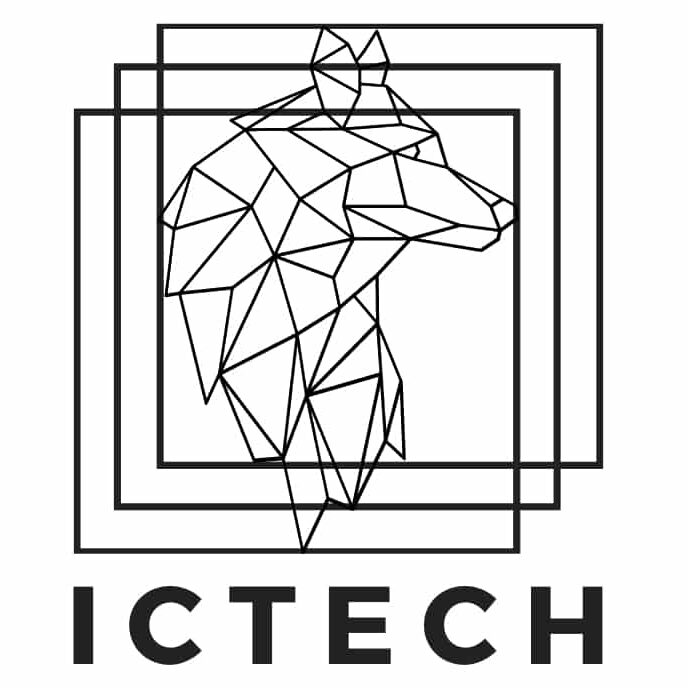Dr. Brad Ictech
Unlock the Secrets of Human Behavior – Discover How Symbolic Forces Shape Our Thoughts, Feelings, and Actions and Use Them to Grow Your Business
Learn to Harness Social Psychological Insights and Theories for Personal and Professional Advancement
— Enhance Interpersonal Skills
— Drive Behavioral Change
— Strategies for Influencing Others
— Improve Marketing Strategies
Boosting Profitability
Experience an immediate increase in profits through ‘Profit Plus’ strategies, grounded in social psychological understanding of business dynamics. Say goodbye to financial struggles and payroll challenges.
Refining Your Marketing Approach
Easily overlooked details in daily business operations can affect marketing efficacy. From website optimization to social media engagement, a social psychologist provides a detailed audit and identifies strategies for improvement, keeping you ahead in the game.
Leveraging Expertise for Accelerated Growth
Benefit from the wisdom of a seasoned entrepreneur and coach, armed with social psychological insights, who has not only built successful multi-million-dollar ventures but also empowered others to achieve similar heights.
Cultivating a Winning Mindset
Overcome mental barriers and rewire your thought processes for success, guided by social psychological principles.
Strategizing with Precision
Develop a comprehensive business and marketing strategy, informed by social psychological theories, broken down into actionable goals, projects, and tasks. Prioritize critical issues that need immediate attention to mitigate the most significant impacts.
Support and Accountability
Avoid missing targets or facing challenges in isolation. Experience consistent progress each week, respecting your unique working pace, all while leveraging social psychological strategies for effective goal setting and achievement.
Working Together We Will Build Your Skills And Business
It’s Your Turn To Overcome Obstacles And Achieve New Goals
Take your life to the next level with social psychological based online business coaching
The Ultimate Self System
This system is based on science-backed methodologies for restructuring the brain’s cognitive functions and changing behaviors. We target four primary behavioral spheres of life which, when fine tuned and balanced, create the foundation for optimal performance.
Problem Solving
- Learn how to assess stressful situations, and solve local problems without losing global focus. Develop the foresight to know how to choose your battles, and when to walk away.
Discipline & Routine
- Become more organized in your daily, weekly, and monthly routines: hit the gym, maintain your diet, and stay ahead of personal planning.
Mindfulness & Performativity
- Develop practices which will unlock your deeper potential and help you achieve maximum performance in your daily life.
Validation & Confidence
- Conquer fear and judgment through an introspective process guaranteed to strengthen social relationships, and bolster self-confidence in high-risk scenarios.
